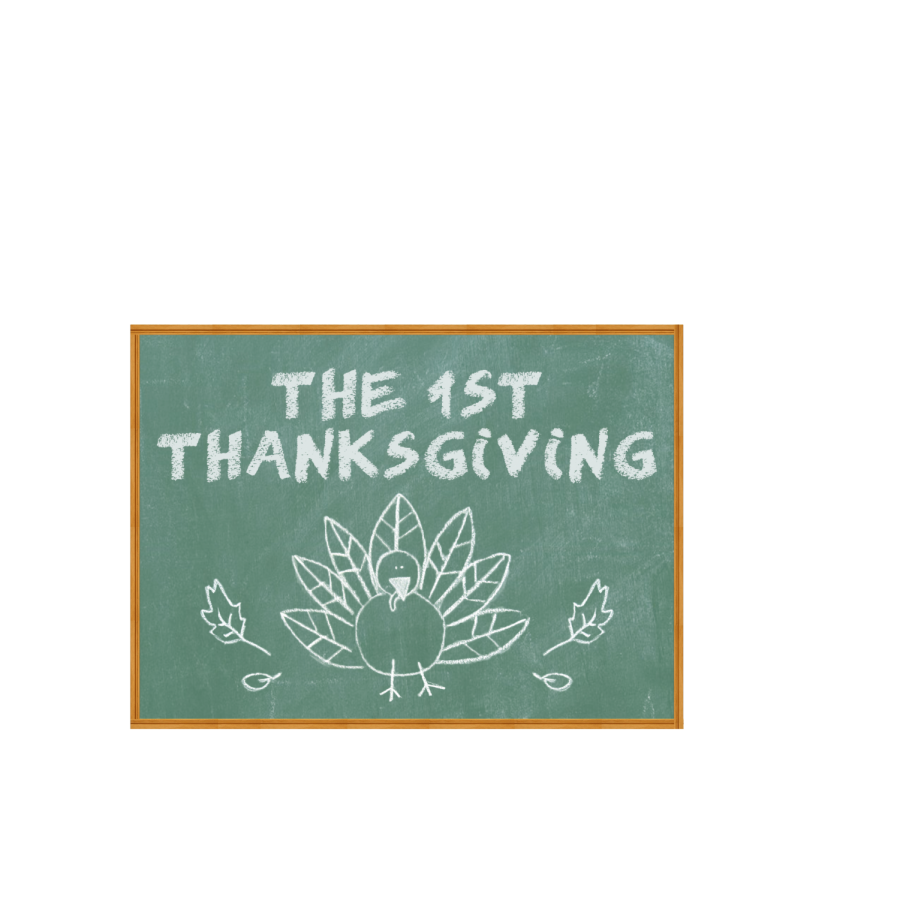The Educational Undoing of Thanksgiving
The history of Thanksgiving is typically taught as a romanticized account of the relationship between colonizers and Native Americans. Traditionally the “First Thanksgiving” story tells children that upon the English pilgrims arriving in America, they indulged in a friendly feast with the Native Americans as an act of gratitude after the Native Americans taught them how to cultivate the land’s resources. It was not until high school did I realize that Thanksgiving did not supplement the endearing story of coexistence between English settlers and Native Americans.
The oft-repeated “First Thanksgiving” story derives from a firsthand account of Edward Winslow’s in 1621. He stated that there was a three-day feast the colonizers had initiated with the Wampanoag people as an act of gratitude. However, the contemporary American perspective of the holiday was prescribed by Sarah Josepha Hale, a nineteenth century writer and activist. Hale advocated for Thanksgiving to be established as a national holiday so individuals could collectively practice gratitude amidst the Civil War.
After the “First Thanksgiving” in 1621, conflicts between the Native Americans and colonizers began over land ownership which, with the spread of disease, resulted in the decimation of the Wampanoag peoples. Their decimation is often not the basis of discussion when teachers teach about the first Thanksgiving. Instead, a different image is presented in which colonizers are presented as cordial settlers with an aptitude for exploration rather than the reality of their aggressive interactions with Native Americans and their feelings of entitlement towards the land. This has meant that since its inception, Thanksgiving has been romanticized as a moment of pure friendliness between the two peoples. The November 1899 issue of the Journal of Education recommended a series of reference materials on Thanksgiving which included the falsified images of pilgrims and natives sharing a feast, continuing the facade of the cordial pilgrims. It became more common for teachers to develop plays and skits for students to present stereotypical depictions of Native Americans and their part in Thanksgiving, further turning people away from the truth of the nature of Thanksgiving and the history that follows.
In many elementary and middle schools, Thanksgiving gradually became one of the only teachings on Native Americans history. American schools do not typically expound upon Native American history as part of American history, instead teachers only present the Native American identity when speaking about Thanksgiving. Such education is countered in the recollection of colonizers participating in the genocide of Indigenous people in the seventeenth century through war, disease, and legislation. According to an Education World article, many educators teach their students the story of Thanksgiving without acknowledging the difference between historical falsities and cultural stereotypes. Chuck Larson, a teacher, founded a project called “The Fourth World Documentation Project of The Center for World Indigenous Studies” as a basis for teachers to accurately recount the story of Thanksgiving, while asking discussion questions to challenge stereotypes and emphasize the importance of learning about Indigenous people as a part of American history.
Listening to the partial and fabricated narrative is not a constructive method for teaching students about their own country’s history. Therefore, parents and teachers must educate themselves and their children on the full story of the national holiday’s history and the history of Indigenous people. In doing so, the celebration of gratitude is further supplemented by the celebration of Native American culture and their part in American history.
Your donation will support the student journalists of Saint Louis University.





